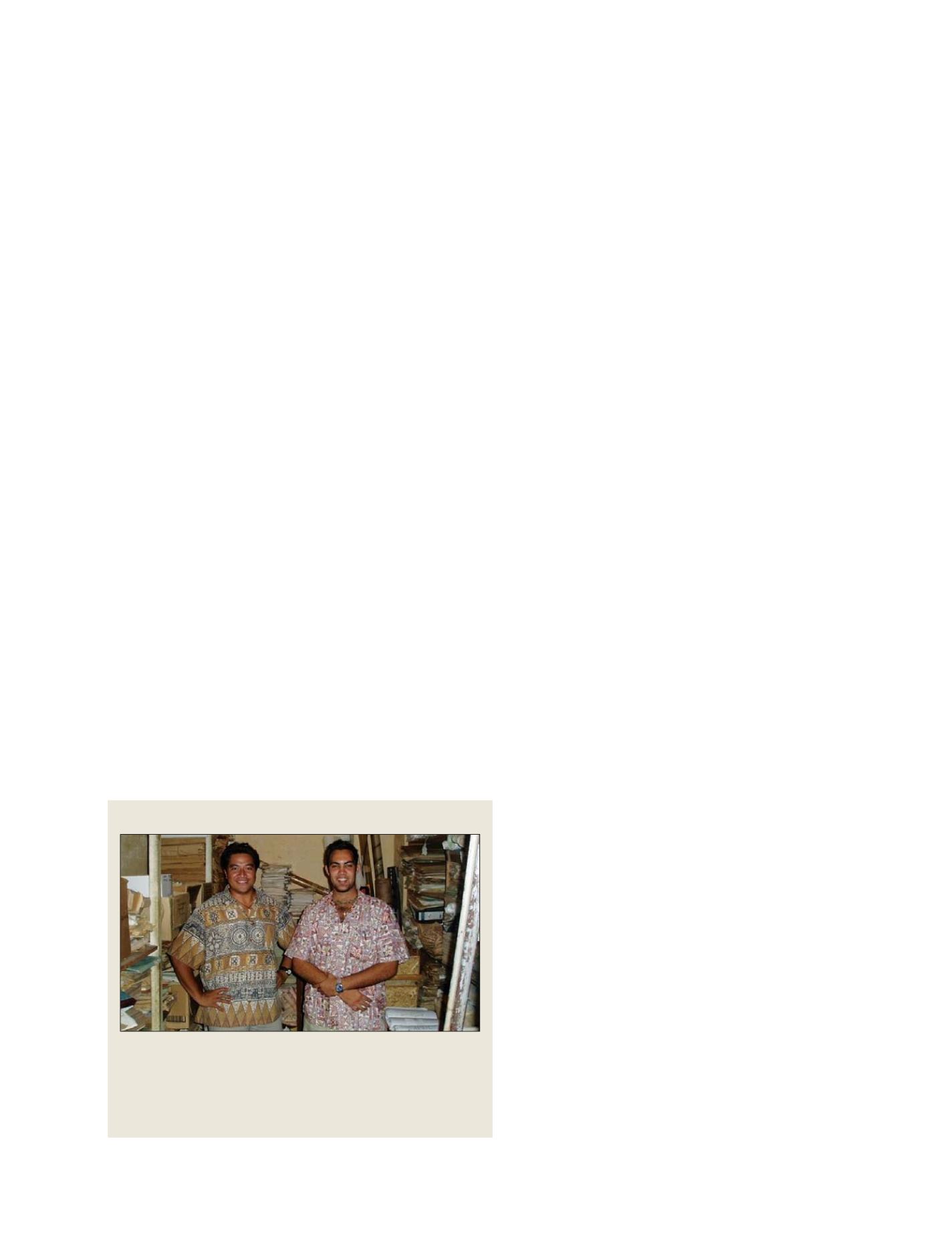

[
] 22
all aspects of observations and data access, development of data
analysis and interpretations skills, etc.
Cross linkages
– to governance and/or coordination mechanisms
for component systems
Cross linkages to documented experience
– pilot studies, published
experiments and success stories, mentoring opportunities
Mechanisms
– to enable GEOSS to support effectively information
and service delivery systems at international, regional and local
level.
The full benefits of GEOSS will only be achieved when member-
ship is global and when the data, systems and experience of each are
shared with all others. To this end, the effort expended in making
it as easy as possible to participate in GEOSS as a contributor and/or
user of data, via the interoperability framework will be repaid many
times over. Alongside this, the GEOSS principles of system owner-
ship remaining with members and of system mandates being
undisturbed by GEOSS (except by mutual arrangement) should be
continually reinforced.
One challenge of defining an effective interoperability framework
is ensuring that barriers to entry are reduced to the lowest level;
that technical guidelines and standards reflect the range in socio-
economic circumstances and technical capacities of all members. It
is important, for global participation, that none are disenfranchised
by the bar being set too high for them to participate. Importantly,
this relates not just to their capacity to access and use data and
systems contributed to GEOSS by others, but also to their own
capacity to contribute their data and systems to GEOSS.
The scope of GEOSS, as laid out in the GEOSS
Ten-year imple-
mentation plan
, is aspirational and will take the full ten years to get
close to achieving what it ambitiously set out to achieve at the Third
Earth Observation Summit in Brussels in February 2005. The inter-
operability framework, in all its dimensions, is critical to providing
the “overall conceptual and organizational framework to build
towards integrated Earth observations to meet user needs,” and it
will need to be supported and to evolve long after the ten years are
up if GEOSS is to continue to meet user needs.
Future governance model for GEO and GEOSS
The intergovernmental Group on Earth Observations
(GEO), comprising its members and participating orga-
nizations, was established in February 2005 on a voluntary
and legally non-binding basis, with voluntary contribu-
tions to support its activities. It is supported by a
Geneva-based secretariat and guided by an elected exec-
utive committee.
The driving forces behind establishing firstly the ad hoc
GEO and then the intergovernmental GEO were clearly
the founding members, who vested significant national
effort and resources into turning the concept of a compre-
hensive, coordinated and sustained system of systems into
a living implementation plan. The governance model that
was adopted reflected the desire to move forward at a rapid
pace, without the encumbrance of a UN-style bureaucracy,
and to record early successes for GEOSS. While the ability
to directly engage interested parties and individuals and
to respond quickly and without the overheads of bureau-
cracy may have been key factors in the early progress, it
was not long before GEO plenary decisions more explic-
itly embraced open and transparent recruitment, reporting
and review processes.
A key challenge for GEO in the future, as well as for the
established international organizations and around 200
countries that contribute to, and benefit from, the existing
global Earth observing systems, will be to maintain the
momentum and consolidate a high level of cooperation
and coordination. It is not clear whether all the individual
countries that contribute to the existing systems will ever
choose to become members of GEO per se, but as contrib-
utors nonetheless to the system of systems, their needs
and voices are inextricably intertwined with the future of
GEOSS.
As discussed above, the critical value that GEOSS adds
to the component systems is through the interoperability
framework that facilitates more effective access to, and
utilization of, observations to inform decision-making
across many sectors, societies, regions and the globe.
While the GEOSS mandate aims to vest ownership of any
new systems back to the Members themselves, it is
inevitable that there will be a sense of collective GEOSS
ownership of some systems, such as the GEONETCast
system and the developing capacity building and outreach
programmes. Supporting, developing, maintaining,
communicating and promoting the interoperability frame-
work on an ongoing basis will be an essential task of GEO
that will require sustained secretariat effort and engage-
ment by the membership.
Whether the current governance arrangements will
remain appropriate in the long term is a key question, and
one that must be kept under periodic review if the GEOSS
vision is to become an ongoing reality. Recognizing the
objective of global participation and benefits, a robust
future governance model may be provided by borrowing
from the experiences of existing long-lived global observ-
ing systems. Some of them have been in operation for
more than 50 years and have evolved to respond to chang-
ing requirements, technologies and societal circumstances.
Data rescue
In Samoa, as in many developing countries, much of the historical data
record that is critical to understanding current environmental issues, such as
climate change, are retained only as fragile paper records. GEOSS, through
its interoperability framework and effective data rescue programmes, can
remove barriers to sharing such data for the benefit of users nationally,
throughout the region and globally
N
ATIONAL
& R
EGIONAL
R
EPORTS
















